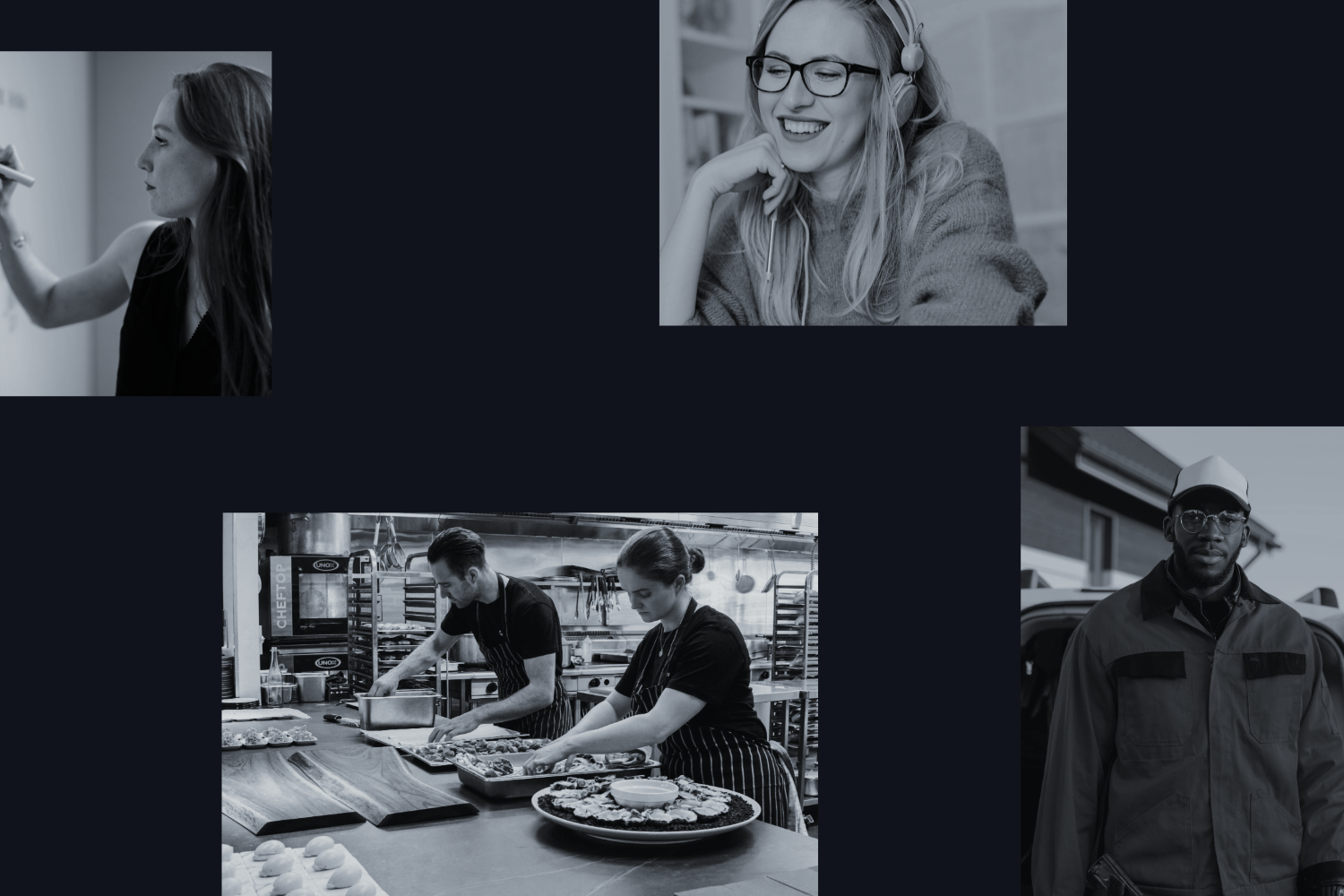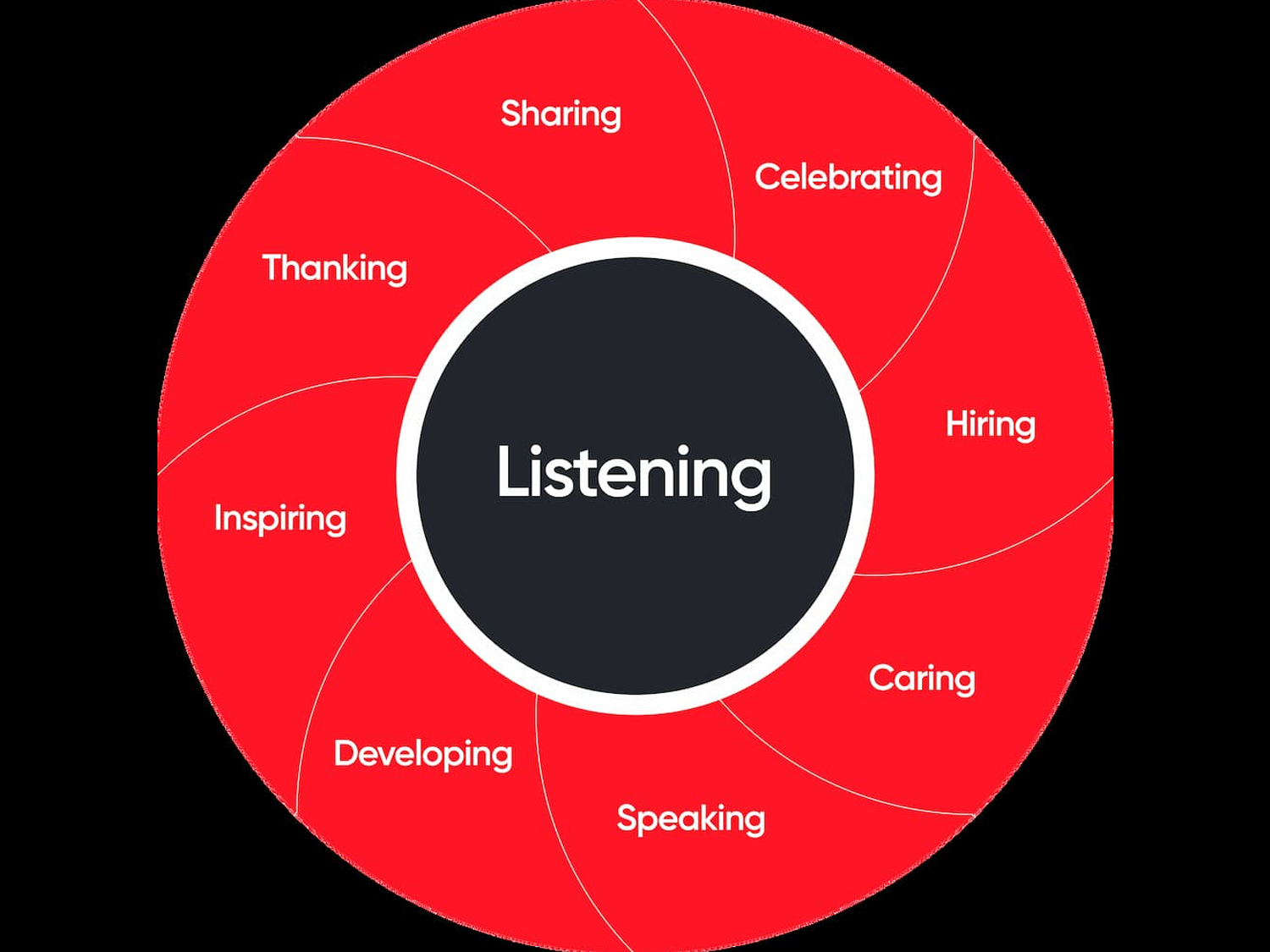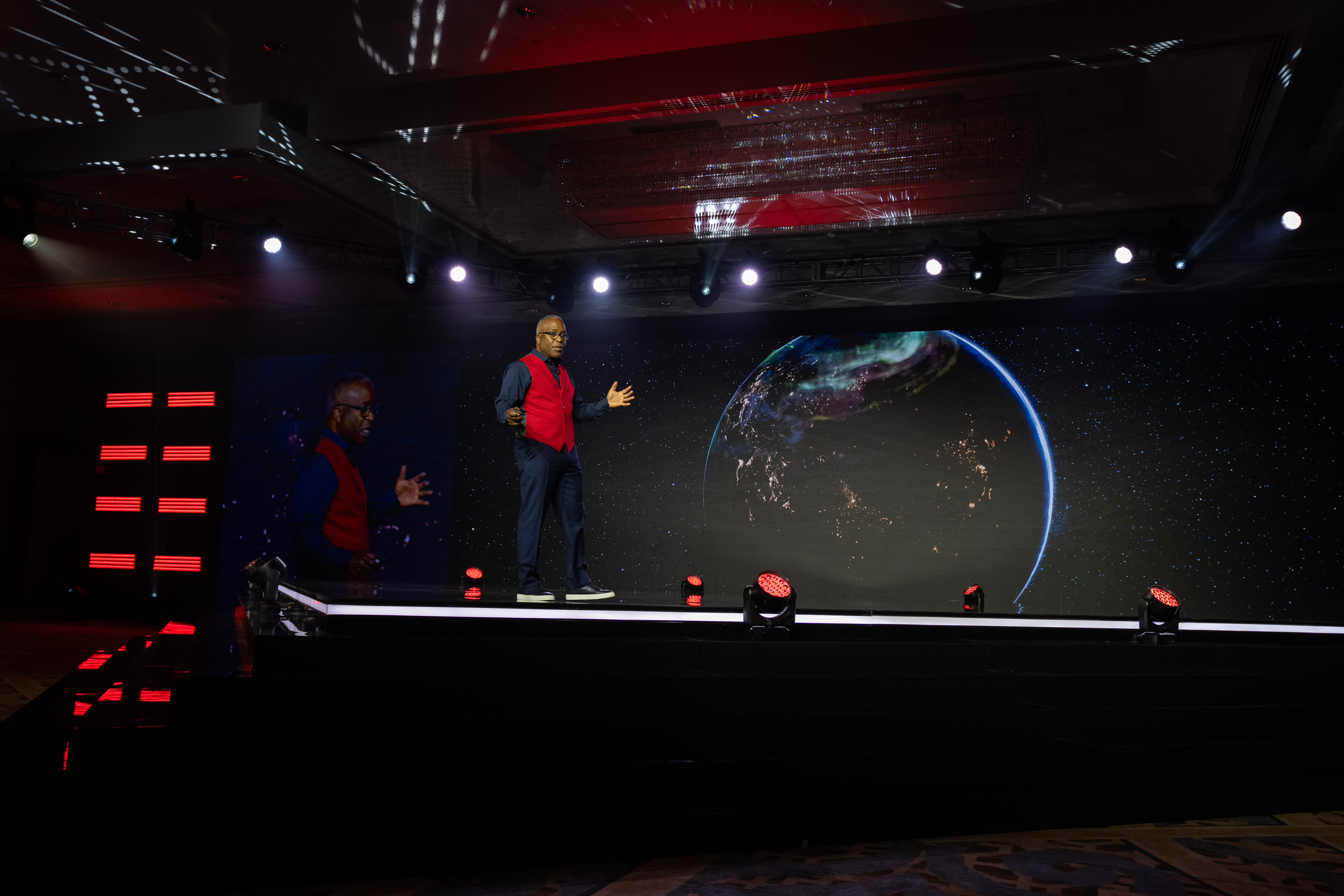AI (Artificial Intelligence), Developing, High-trust leadership, Leadership & Management
Over 1,600 attendees joined the second day of the For All Summit to explore how the workplace is changing and what strategies build much-needed resilience.
What is the common denominator among the highest achievers in our society?
Angela Duckworth, professor at the University of Pennsylvania and bestselling author of “Grit,” has studied Olympic athletes, West Point cadets, spelling bee competitors, and more. In remarks from the mainstage of the For All Summit hosted by Great Place To Work®, she explained how performance and talent is misunderstood.
In her research, high achievement isn’t correlated with IQ, or innate ability. Instead, it’s grit — a combination of passion and perseverance — that predicts future success.
10,000 hours of deliberate practice
Duckworth says that the “10,000 hour rule,” which was developed by Anders Ericsson, has been largely misunderstood.
The difference between a learning curve where one achieves mastery, and a curve where development plateaus isn’t the quantity of time spent, she says. It’s the quality of the time spent, what she calls “deliberate practice.”
“The brain is use it or lose it,” she says. To know if you are engaging in high-quality learning and development, she identifies three rules:
- Decide on a small sub-skill to practice. The highest achievers break things down into small skills, and make relentless efforts to improve. One tip: “It is nearly impossible to set that goal without a mentor,” Duckworth says.
- Practice with 100% focus. It’s hard to develop expertise when being constantly distracted by email, or phone messages, Duckworth says.
- Get feedback and reflect. This is the hardest element of deliberate practice, Duckworth says, but is crucial for making progress. “Paragons of grit ask for feedback,” she explains. “They reflect on that feedback and that gives them a new goal to start the cycle all over again.”
How to build grit
Grit isn’t an innate set of traits, though it can come more easily to some than others. Duckworth shares four tips for anyone to build grit:
- Develop your interests.
- Practice like an expert.
- Cultivate purpose.
- Adopt a growth mindset.
Relationships and workplace culture are also crucial for supporting individuals to become more gritty.
“It’s forged through relationships,” Duckworth says. “I don’t think you can express or develop grit if you don’t have a great place to work.”
Getting ready for AI
Resilience is top of mind for many business leaders as the workplace faces the rapid change promised by the AI revolution.
Allie K. Miller, AI entrepreneur and investor, made the case that AI represents a unique tipping point, not just for business leaders but for the world. To get ready, Miller made the case for creating an AI-first business.

Allie K. MIller speaks from the mainstage at the For All Summit.
That doesn’t mean replacing people with machines, she says. “It starts and ends with humans,” she explains and offered three P’s for embedding AI into every aspect of your company:
1. People. AI can reduce manual and repetitive tasks, improve productivity and boost engagement, Miller says. When done the right way, AI doesn’t just save time. It can also boost morale as workers free up time to work on the more meaningful parts of their roles.
2. Process. Miller shared a case study from Walmart where vendors who had a hard time getting the attention of procurement professionals could engage with an AI tool to negotiate and close deals to provide Walmart with their services. Both vendors and Walmart reported high levels of satisfaction with the process, revealing an opportunity to improve efficiency.
3. Product. This is the highest risk category, Miller warns, but many companies are seeing opportunities to offer a highly personalized experience to customers using AI to scale content and digital experiences.
Above all, start with a culture of trust, Miller says. “AI is a tool, not a magic silver bullet.” By starting with a problem to be solved and keeping humans at the center of your strategy, companies will find a path forward as new technology changes the way the world works.
A universal design for great workplaces
To seize the opportunities that new technology brings, embracing neurodiversity and being a workplace for all has never been more important.
Dr. Daniel Wendler, clinical psychologist and bestselling author of “Neurodiversity and the Myth of Normal” shared his inspiring personal story as a neurodivergent individual and was joined by Accenture leaders Ellyn Shook, chief leadership and human resources officer and Paul Daugherty, chief technology and innovation officer to discuss how organizations can unlock the potential of people who think in different ways.
“Creating a neuroinclusive workplace is not uncharted territory,” Wendler says. “There are proven steps.”
Both Shook and Wendler spoke about the value of friendship. “Through a simple decision to be a friend, you can change someone’s life,” Wendler says.
Shook shared early lessons from Accenture’s journey to become more neuroinclusive, including four actions that leaders take to make an immediate impact:
1. Educate yourself. “Start to understand neurodivergent profiles,” Shook says. At Accenture, a training platform called Uptimize has been used by over 16,000 employees to increase awareness and knowledge about neurodiversity in the workplace.
2. Talk to your people. Experts estimate that 20% of people worldwide are neurodivergent, which suggests you have employees in your organization who are neurodivergent, and talking to them could surface valuable insights. Shook recommends listening to understand people’s strengths and build trust. “Those have to be trusting conversations that an individual can have with their colleague or leader,” she says.
3. Accept differences. This starts with creating an environment where neurodivergent individuals feel safe and comfortable sharing their unique experiences and needs. Shook shared an important reminder from a colleague: “When you’ve met one autistic person, you’ve met one autistic person.”
4. Provide flexibility. Changes to the physical environment and offering flexibility in how people do their work can make a big difference in helping neurodiverse employees thrive. “Focus on outcomes,” Shook advises, as well as looking at tech solutions. AI tools can be a great aid.
“Gen AI is gaining more human-like capabilities and other emerging technologies are helping us learn more about ourselves,” Daugherty says. Technology can have a transformative impact on unlocking people’s potential, which is he illustrated with a story about Todd Lukesh, a digital twin architect at Accenture. Lukesh has a digital twin of his brain which provides data to understand and help control his seizures.
The beauty of inclusion is that improving the lives of one group often improves the lives of everyone else, too. “When you design with everyone in mind, it makes it better for everybody,” Wendler says.
“What more can I do?”
Changing the world starts with changing yourself.
Of the many stories shared over the course of the For All Summit, almost all focused on transformation. How can good workplaces become great workplaces? How can great workplaces go from changing their business to changing the world?
All the leaders who spoke echoed how hard the work of changing a culture can be. The closing keynote from John O’Leary, author and motivational speaker, was a reminder of the power that every person has to make a difference.

John O'Leary speaks from the mainstage at the 2024 For All Summit.
“When we struggle and we choose to give up our power, I find there are three questions we ask,” O’Leary says.
- Why me?
- Who cares?
- What more can I do?
As a nine-year-old boy, O’Leary suffered catastrophic burns to 100% of his body. His story of resilience is about how those three questions can be transformed, and how people who choose to serve are the reason he beat the odds to survive.
“The manner in which you choose to ask the question will change how you feel, what you dream about … and the results you get,” he says.
His three questions become a rallying call to service, and a challenge to all: What more can you do to create a great place to work for all?
Join the movement
Learn how to create an award-winning company culture. Subscribe to the Great Place To Work company culture newsletter and join 100,000+ other leaders learning how to create a great workplace.











